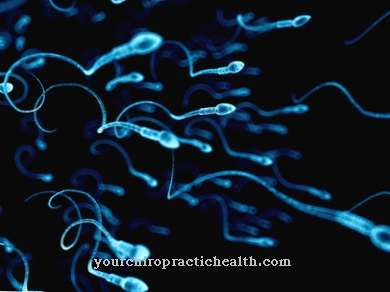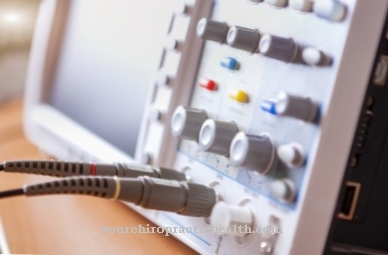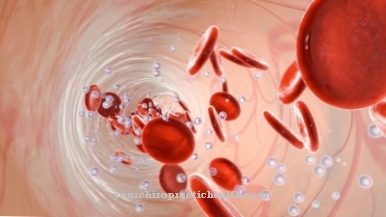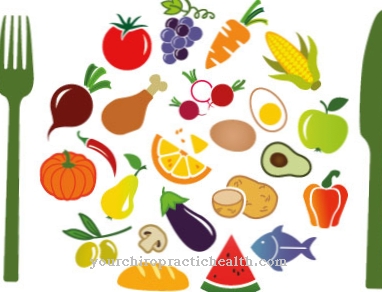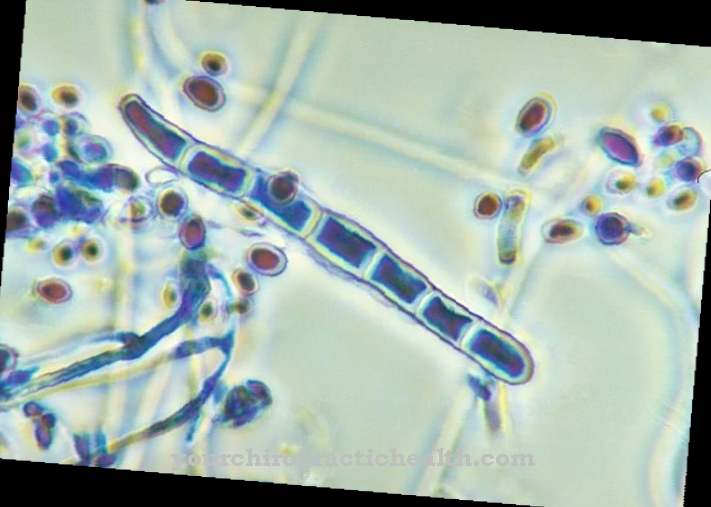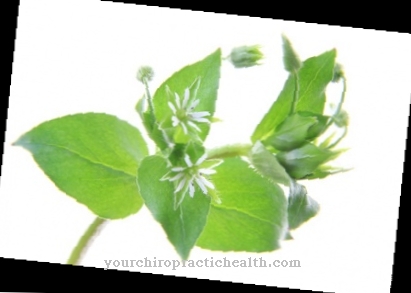This guide is intended to provide information about the growth and development of the child or baby in the womb and provide valuable information for expectant mothers and pregnant women.
Fertilization of the egg by the semen

Recent newspaper reports report that science repeatedly succeeds in observing the beginning of human life outside the womb in an experiment and maintaining it for a few weeks. It involves the artificial fertilization of a human egg cell with a male sperm cell and the subsequent development of the germ under artificial conditions that are largely adapted to the organism. These successes in medicine should give rise to our consideration of human development.
The so-called conception usually takes place near the ovaries and fallopian tubes, where the union of a mature, fertile female egg with a male sperm cell takes place around the middle of the normal cycle. Since the eggs are only capable of fertilization for a few hours, whereas the sperm threads are capable of fertilization for around two days, with a normal 28-day interval the greatest possibility of fertilization is between the 12th and 16th days, calculated from the first day of the onset of the menstrual period.
The fact that, as an exception, conception also takes place on other days of the menstrual cycle can be caused by barely perceptible deviations in the body's complicated process for fertilization. It is well known that the ovaries are also subject to regulation by the nervous system and rule shifts as a result of excitement, climate changes when traveling, anxiety, illnesses and the like are no longer worrying news for medical professionals nowadays.
Most will also know that regular temperature measurements carried out over a period of weeks and months can provide a better insight into the function of the ovaries and ovulation.
Cell division of the egg
But back to our fertilized egg, whose further development we want to follow. It does not reach its final maturity until the seminal thread penetrates, and only then does the union of the nuclei of the egg and the seminal thread, the conjugation, begin. Immediately afterwards there are numerous cell division processes, whereby the first cleavage and embryonic cells arise, each of which contains the same number of nuclear loops (chromosomes) from the mother and father of the child.
During the transport through the fallopian tube, also known as a tube, the fertilized egg cell initially has a smooth coating that prevents premature implantation in this way. Rhythmic movements of the fine muscles in the fallopian tube wall as well as those of the inner ciliated cells push the egg, which is embedded between the soft tube folds, slowly forward to the uterine cavity within 5-10 days. In the last period of this migration the sheath becomes shaggy, and the villi, which is now the size of a pinhead, has the ability to settle in the loosely prepared mucous membrane of the uterus.
These villi are able to dissolve the fine tissue of the uterine lining and feed the dissolved substances to the germ as food. One can say that the egg eats its way into the mucous membrane in the truest sense of the word, after which this entry port is closed by a small blood clot.
The young germ then continues to grow under the surface of the mucous membrane, like in a nest, that eventually bulges more and more into the uterine cavity. In the meantime, a hollow sphere with an invagination has formed from the almost massive cell sphere, which allows the special development of organs and forms to mature from the so-called germinal shield.
Development in the uterus
Placentation is essential for the further nourishment of the germ: the formation or development of the placenta or placenta. Through this organ, which is newly formed for every pregnancy and completely removed from the womb after the child is born, all nutrition, breathing and excretion of the seedling takes place. The uterine mucosa and germ participate in the formation of the placenta.
As already mentioned, the germ forms so-called villi on the surface of the egg wall, which after implantation only remain at the base, that is, at the point that is connected to the seedling by the umbilical cord. In this area a pool of blood is created, so to speak, from which the villi supply everything essential for life to the germ.
Afterwards, the maternal mucous membrane grows against it, resulting in numerous chambers, from which a complex network of vessels is ultimately formed, in which necessary building materials are separated out, prepared and exchanged with child waste. Since this is particularly true for the passage of oxygen and carbonic acid, the placenta fulfills the function of a lung for the seedling that cannot breathe.
In addition, the placenta, for example, forms all known sex hormones that are necessary to protect the developing fruit until birth. The latter should only be noted in passing, as it would lead too far in this context to go into the entire maternal hormone balance during pregnancy. The storage capacity for all possible substances, especially vitamins, should not go unmentioned, so that the placenta is the most vitamin-rich organ in the human body.
Contrary to all other customs, special conditions prevail in the umbilical cord vessels (this includes two arteries and one vein), which are responsible for a connection between the placenta and in the seedling. In the umbilical arteries, the child's blood, enriched with carbonic acid and degradation products, flows into the vascular area of the mother cake, while the umbilical vein conveys the oxygen and nutrient-supplied blood into the germ's circulation.
Baby's growth, 4th month of pregnancy

As the duration of pregnancy increases and growth progresses at the same time, towards the end of the fourth month of pregnancy, the initial cavity in the uterine body is completely filled. The egg membrane also sticks to the uterine lining in these areas. The seedling is completely in the sac where the amniotic fluid has formed. The amniotic fluid reaches its maximum amount of 1 1/2 to 2 liters around the middle of pregnancy, while it is only 1/2 to 1 liter at the due date.
Appointed scientists have written highly interesting papers and extensive textbooks on exact dates and the scope of development of individual organs. In today's context, only a few guidelines on this topic should be picked out, which are so often the subject of questions from expectant mothers in our medical consultations. At the end of the first month of pregnancy, the body shape typical of the human seedling develops. A brain and heart system, the eyes, limbs and spleen system, as well as the system of the four main lobes of the liver already exist.
The total length of the germ is 1 mm. In the second month as the seedling, there is strong growth in length, the heart begins to beat regularly 60-70 times a minute, the human appearance becomes more recognizable, the length is 2-4 cm. From the third month onwards, the seedling is also called the fetus, the thyroid begins to work, and the external genital organs show the first gender differences. At the end of the third month, the length is 9 cm, the weight 33 g. In the fourth month, the hairs of the so-called woolen hair can be found all over the body, and the bile secretion begins. The length is 16 cm, the weight 100 g.
Baby's growth, 5th month of pregnancy
In the fifth month of pregnancy, listening to the child's heart beats can be heard with 120-140 beats per minute. The pregnant women feel the child's movements from the middle of the month. At the end of the month, the length is 20 cm, the weight is 300 g.
Baby's growth, 6th month of pregnancy
In the sixth month, eyebrows and eyelashes are formed, the nails begin to grow and, at the end of the month, the hair on the head begins to grow. The length is 30 cm, the weight 600-700 g. The enlargement of the uterus is about the level of the maternal navel.
Baby growth, 7th and 8th months of pregnancy
At the end of the seventh month, the length is 30 cm, the weight is 800-1000 g. At the end of the eighth month one can observe a length of 40 cm and a weight of 1500-1700 g.
Baby growth, 9th and 10th months of pregnancy
In the ninth month of pregnancy there is a stronger formation of the fat pad and thus the rounding of the body shape. The woolen coat is shed again. The child is 45 cm long, his weight is 2000-2500 g. At the end of the 10th month of pregnancy, the mature child is born, which should then have a length of 50 cm and a weight of 3000-3500 g.
We hope this little glimpse into your baby's development in the womb has been instructive. We recommend the following additional books:

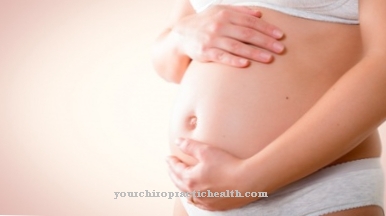
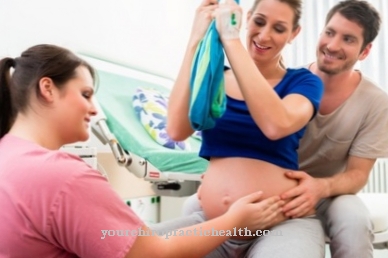
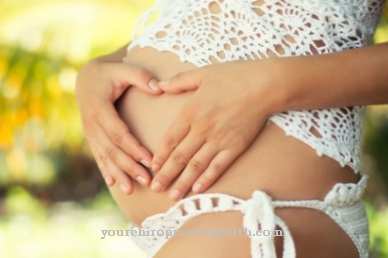


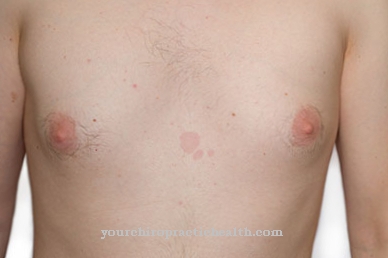
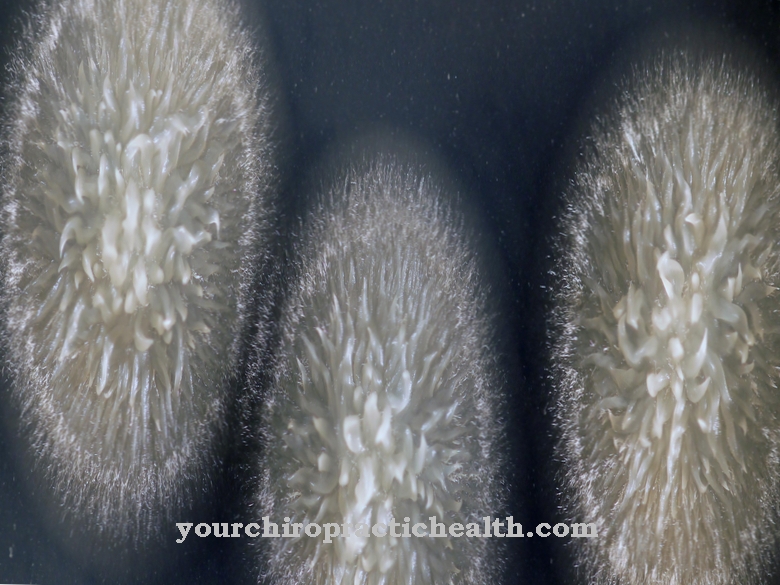
.jpg)



